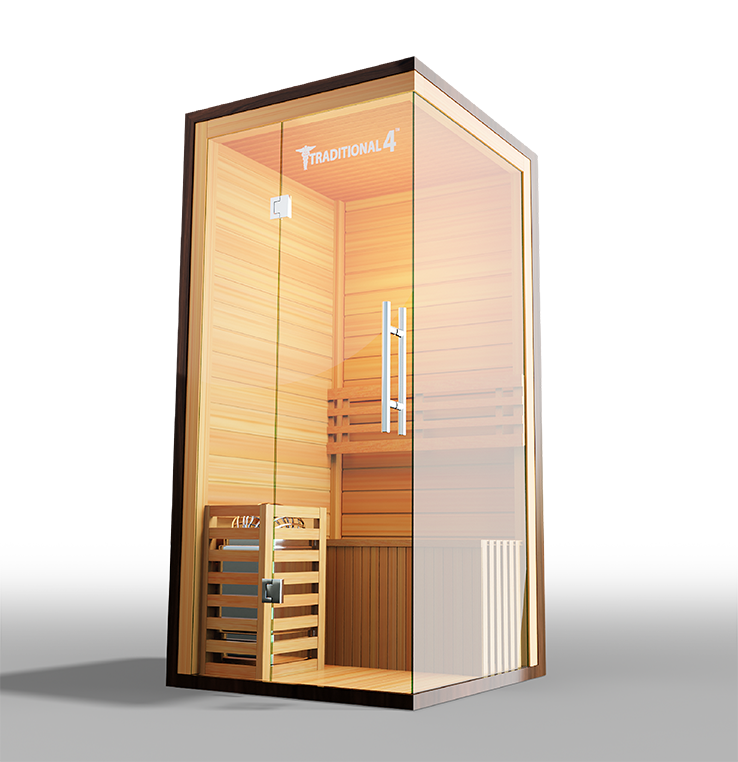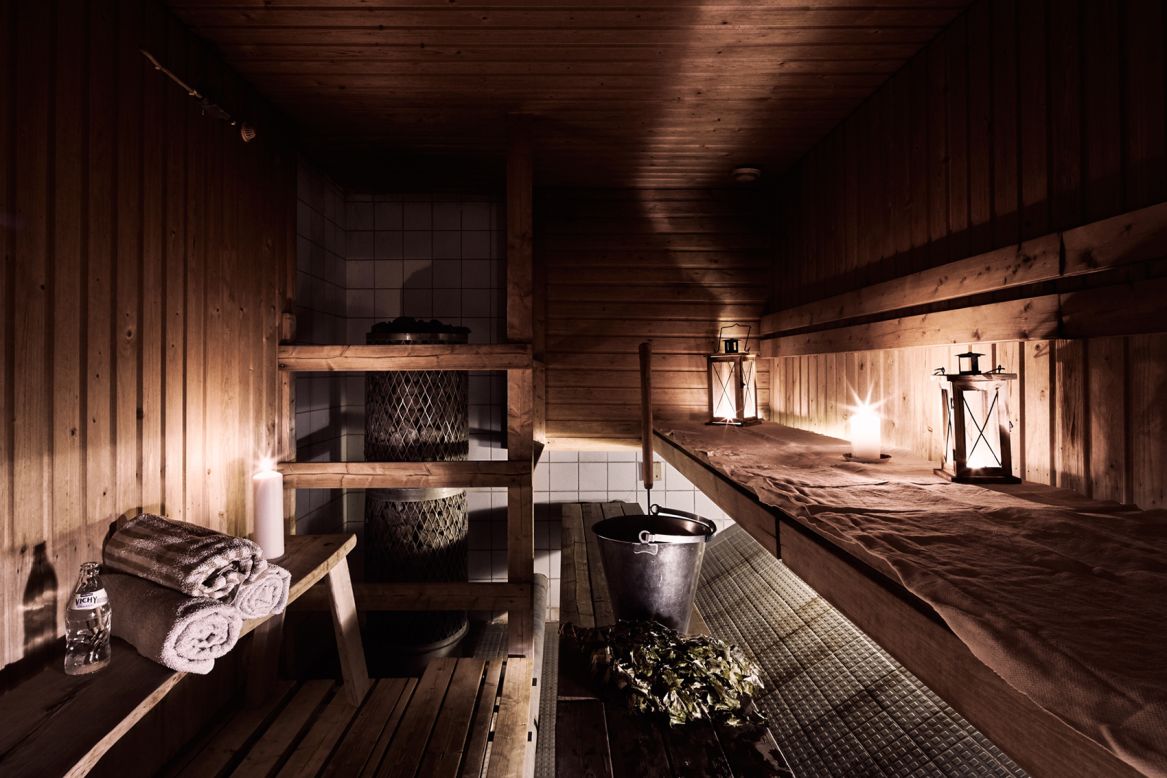Everything about Traditional Sauna
Table of ContentsNot known Factual Statements About Traditional Sauna The Ultimate Guide To Traditional SaunaTraditional Sauna Things To Know Before You Get ThisThe 20-Second Trick For Traditional Sauna
A lot of the weight shed in a sauna is water loss and is re-gained upon rehydrating. Without an uncertainty sauna can be an important part of a healthy weight loss program. To check out the distinctions in between traditional and IR saunas, I will separate these into proven, academic, and made differences.Therefore, the most popular point in the saunawhich is at the ceiling directly over the sauna heateris usually in between 185 and 190 F. Traditional Sauna. Claims that a conventional sauna goes beyond 200 F is just not real and not suitable for electric saunas sold in the United States. The temperature for a far-infrared sauna is usually established in between 120 and 140 F; nevertheless, unlike the conventional sauna, the goal in and IR area is not to attain a high temperature
Due to this, the temperature level distinction is practically pointless, considering that excessive sweating results in both sauna types, however the approach of warming the body is different. In an IR sauna the bather will feel hot and will certainly sweat a lot, but at much lower temperatures. Therefore, if the objective is to spend longer amount of times in the sauna, the IR sauna is a great choice.

Some Known Details About Traditional Sauna
When the heat is attained, the components cycle on and off to preserve the heat. Most typical sauna customers enjoy pouring water over the rocks to create steam to raise sauna moisture degrees. The advantages of putting water over the rocks consist of: making the space extra comfy, dampening the nasal flows, and permitting the usage of aromatherapy by blending essential oils with the water.
In a far-infrared sauna, the warmth waves pass through the body to efficiently heat up the body and elevate the body core temperature. To attain this increased temperature, Far-infrared emitters develop infrared power which is close to the very same wavelength as that which the body naturally emitsoften referred to as the "Vital Array" of 7 to 14 microns), so the power is well obtained by the body.
When the power enters the body, it creates the body temperature level to raise and eventually results in sweating. In an infrared sauna it is necessary for the emitters/heaters to remain on practically constantly. Considering that there is no mass of rocks to maintain warm, the sauna will cool down if the emitters turned off.
As discussed over, the sauna bather in an infrared space desires to position himself in front of running emitters to obtain optimal gain from the warmth. The home heating time for the 2 areas can be really various, depending on how the rooms are utilized. For a standard sauna, a bather needs to enable 30-40 minutes for the area to achieve a desired temperature level and to correctly pre-heat the rocks.
Rumored Buzz on Traditional Sauna
A well built sauna will normally attain a temperature level of 150-160 F in regarding 30-40 minutes. For hotter temperatures, the area might need to warm for a longer period.
To some, 15 go to these guys minutes was "lost" while the infrared energy heated up the wood panels instead than warming a body, while others find a see here now pre-heated room to be extra comfy and think a raised beginning temperature level is required to begin sweating. The size of advised use for every room is around the same (10-15 mins per session); however, because of the lower air temperatures and the capacity to feel the impacts of infrared warmth quicker than a traditional sauna, it is not uncommon for an individual to invest a total of 20-30 minutes in an infrared sauna.
Conventional saunas tend to be bigger (therefore utilize more power) than infrared saunas, although typical saunas are absolutely readily available in one and 2 individual sizes. For a two-person standard sauna, 5x6 or 5x7 dimension is most popular. The top bench can pleasantly seat two or three people and is likewise long sufficient to rest throughout the sauna session.


The ordinary expense per kWH of power in the U.S. is approximately $0.11, so a 4.5 kW heating unit will cost approximately $.50 to compete one hour, if the heating system runs continuously for one hour. Usually a sauna heating system will compete 75% of the first hour and 50% of succeeding hours on since the aspects cycle once the established temperature is attained.
Traditional Sauna Things To Know Before You Buy
A 2 individual far-infrared room is usually physically smaller sized than a traditional sauna, commonly regarding 4' why not try these out x 4' or smaller. The IR furnace is generally 1.5-1.7 kW utilizing a 120 volt 15 amp plug-in solution. Because the area can be used quicker than a sauna area, we will certainly presume the room is used for to of an hour consisting of warm up time.
There is a rarely reviewed difference in the social experience in between the 2 areas. While our society has lost some of the social benefit of the traditional sauna experience, it can be really socially gratifying. From household time in the sauna, to heart-felt conversations with better halves, to sauna partiesthe traditional sauna experience can lead to intimate mingling.
A lot of higher end infrared rooms consist of tinted light therapy, audio systems and full-glass fronts.